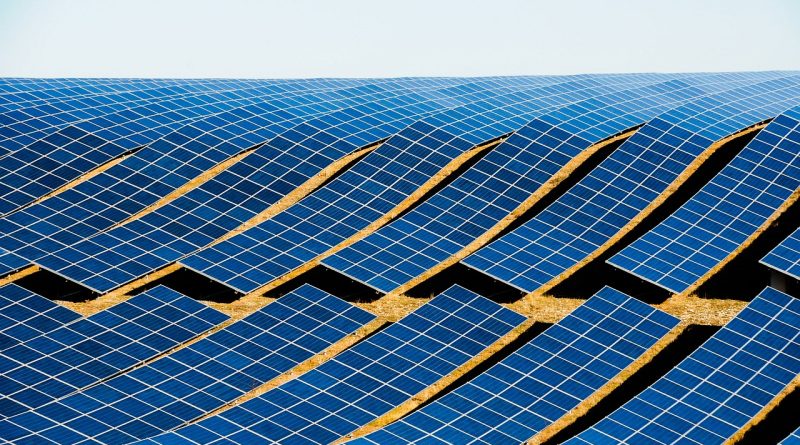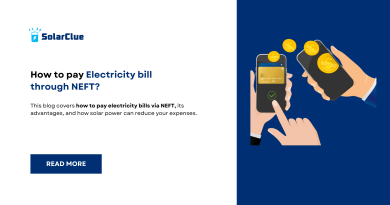Setup-On-Grid Solar Power System: Unlocking Solar Efficiency
Solar power systems are gaining popularity as an environmentally friendly and cost-effective alternative to traditional sources of energy. Among the various types of solar power systems, the setup-on-grid system is widely used due to its numerous advantages. In this blog, we will delve into what a setup-on-grid solar power system is, how it works, and its benefits for homeowners and businesses.
Table of Contents
What is a Setup-on-Grid Solar Power System?
A setup-on-grid solar power system, also known as an on-grid or grid-tied system, connects directly to the local utility grid. Unlike off-grid systems that rely solely on solar energy, setup-on-grid systems allow users to take advantage of both the solar energy generated by their panels and the traditional electricity supplied by the grid.
How Does a Setup-on-Grid Solar Power System Work?
The setup-on-grid solar power system consists of three main components: the solar panels, an inverter, and the utility grid. Solar panels, usually installed on the roof or in an open area, capture sunlight and convert it into electricity. This direct current (DC) electricity is then sent to the inverter, which converts it into alternating current (AC) electricity that can be used to power appliances and electronic devices.
The electricity generated by the solar panels is used first to meet the power demands within the premises. If the solar power is insufficient to meet the needs, electricity from the grid fills in the gap. On the other hand, if the solar panels produce excess power, the surplus is sent back to the grid, often resulting in net metering or feed-in tariffs to earn credits or payments from the utility company.
Advantages of a Setup-on-Grid Solar Power System
1. Cost Savings: The setup-on-grid solar power system allows homeowners and businesses to significantly reduce their electricity bills. By utilizing solar energy during the day and relying on grid power at night or during peak periods, users can reduce their dependency on expensive grid electricity, leading to considerable savings in the long run.
2. Minimal Maintenance: Unlike off-grid systems that require regular battery maintenance and replacement, a setup-on-grid system has minimal maintenance needs. The lack of batteries makes this system simpler to install and maintain, saving both time and money.
3. Environmental Benefits: Generating electricity from renewable energy sources like solar power helps reduce the reliance on fossil fuels. By utilizing clean energy, setup-on-grid systems contribute to a greener and more sustainable future, reducing carbon emissions and tackling climate change.
4. Grid Backup: One significant advantage of a setup-on-grid system is the ability to tap into grid power when solar power is insufficient. This backup feature ensures uninterrupted power supply, avoiding any disruptions in daily electricity usage. It provides reliability, especially during periods of inclement weather or prolonged cloudy days.
5. Net Metering and Feed-In Tariffs: Most jurisdictions offer net metering or feed-in tariffs for excess solar electricity produced by grid-tied systems. These schemes enable users to sell back their surplus electricity to the grid, allowing them to earn credits or financial benefits from their solar power generation. This financial incentive gives an added advantage to setup-on-grid systems, making them economically viable.
Conclusion
Transform your energy landscape with SolarClue®’s setup-on-grid solar power systems, offering an efficient, cost-effective, and environmentally friendly solution for homeowners and businesses eager to harness the sun’s power. Enjoy the reliability of solar energy with the added advantage of grid backup, providing a sustainable source of electricity. Explore the financial incentives through net metering and feed-in tariffs, making setup-on-grid systems not just eco-friendly but also a wise investment. Embrace this technology with SolarClue® and take a significant step towards a greener energy future while relishing the benefits of reduced utility bills.
Frequently Asked Questions
The initial step is a thorough site assessment to determine the solar potential, shading, and available roof space. This assessment helps in designing an efficient system.
Solar panels are typically mounted on the roof or ground using racks. The optimal angle and orientation ensure maximum sunlight exposure, enhancing overall system efficiency.
An inverter converts the DC electricity produced by solar panels into AC electricity, which is used in homes and can be fed back into the grid.
A licensed electrician connects the inverter to the main electrical panel and the utility grid. The system is then tested and inspected to ensure compliance with local regulations.
In most cases, on-grid systems don’t use batteries. Excess energy is fed back into the grid, and power is drawn from the grid when solar production is insufficient.
Net metering allows owners to receive credits for excess electricity they contribute to the grid. These credits can offset their electricity bills during periods of lower solar production.
Sizing involves calculating your energy consumption, understanding local solar conditions, and considering available roof space. A professional installer can help determine the appropriate system size.
While small DIY installations are possible, it is recommended to hire a professional installer for larger systems to ensure compliance with regulations, safety standards, and optimal performance.
Payback periods vary based on factors like system size, local electricity rates, and available incentives. On average, residential systems may have a payback period of 5 to 10 years.
Yes, many regions offer incentives such as tax credits, rebates, and feed-in tariffs to promote the adoption of on-grid solar systems, making them more financially attractive for homeowners and businesses.


